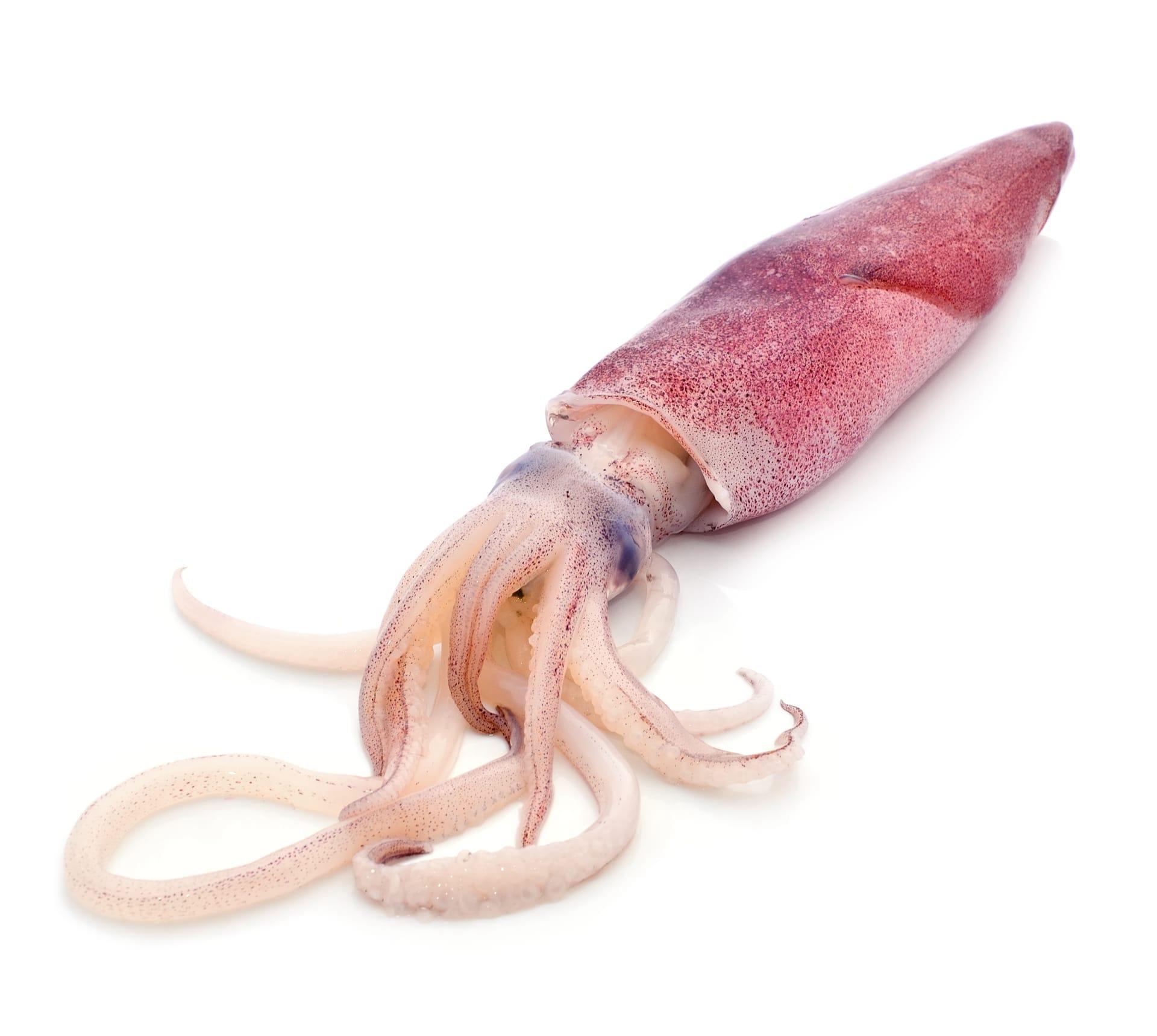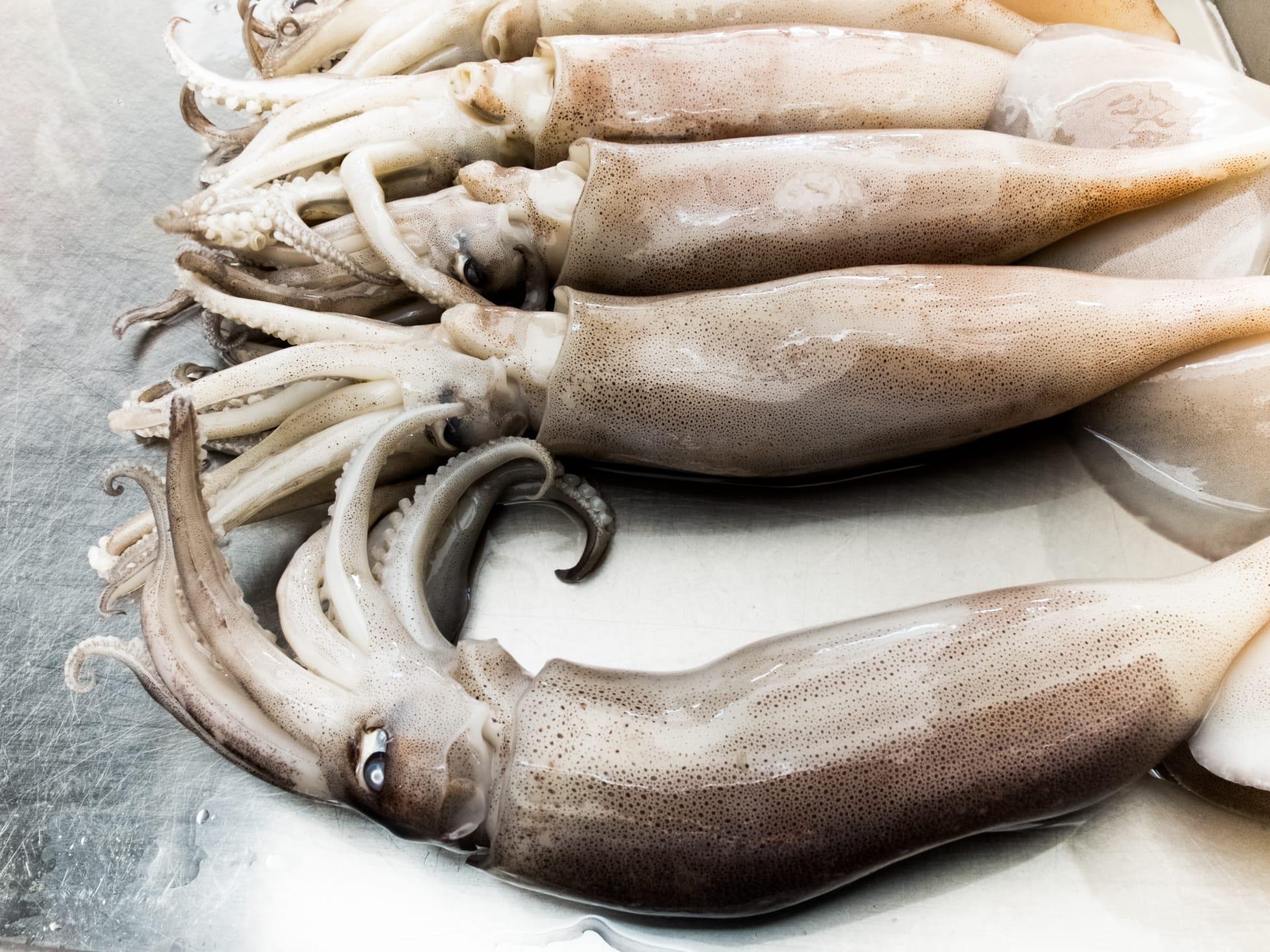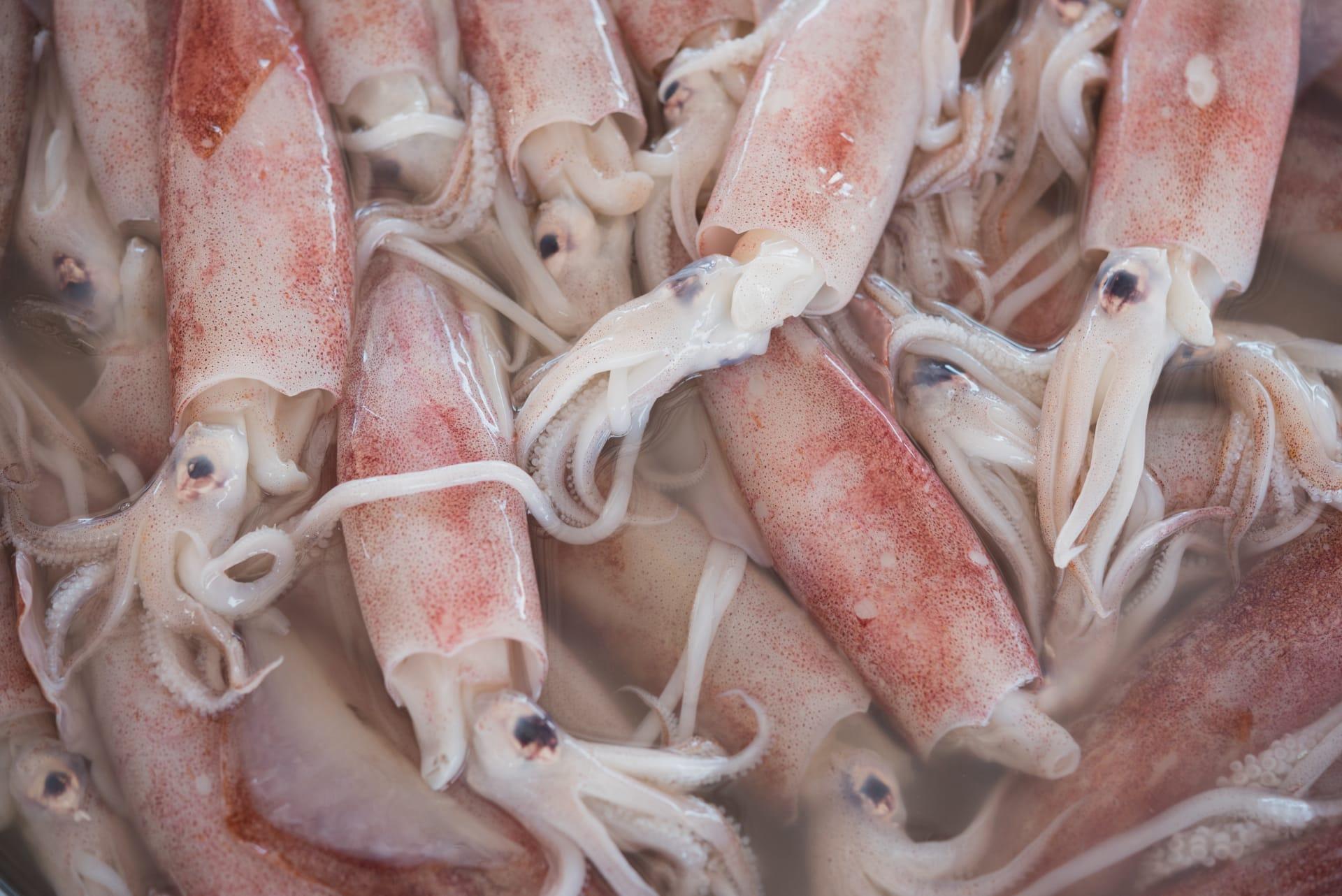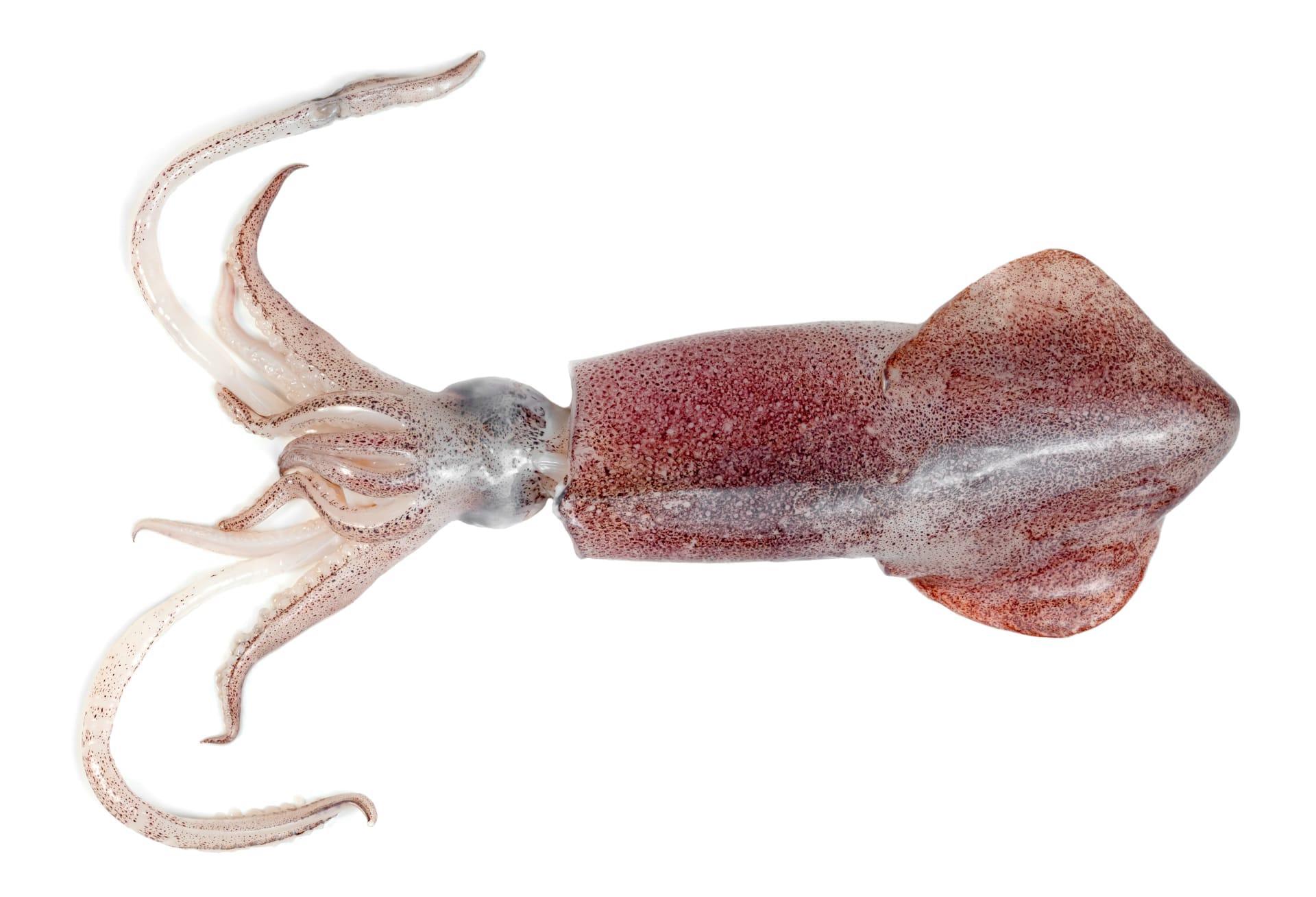Needle Squid Trivia
- Home /
- Trivia Question /
- Animal /
- Needle Squid Trivia
1
Question: What unique physical feature distinguishes the Needle Squid from other squid species?
Answer: The Needle Squid, scientifically known as Histioteuthis miranda, is most notable for its elongated, needle-like dorsal fin. This fin, extending up to 70% of its mantle length, allows for enhanced agility in water, making the Needle Squid an adept swimmer. The streamlined body, measuring about 30 centimeters in length, further complements its swimming capabilities.
Question: How does the Needle Squid's diet and hunting strategy differ from other squids?
Answer: Unlike many squids that rely on ambush tactics, the Needle Squid is an active hunter, primarily preying on small fish and crustaceans. Its diet is unique in that it often includes bioluminescent organisms, which it locates using its large, sensitive eyes. These eyes are adept at detecting light in the deep ocean, where the Needle Squid spends most of its life.

2
Question: Is it true that Needle Squids can fly out of water like some other squid species?
Answer: Contrary to popular belief, Needle Squids are not among the species of squids known for aerial 'flight'. While some squids can propel themselves out of water, Needle Squids primarily focus on their agility underwater, utilizing their long dorsal fin and streamlined body for swift movements in the ocean depths.
Question: Do Needle Squids exhibit any form of bioluminescence?
Answer: Yes, the Needle Squid is bioluminescent. It has light-producing organs called photophores along its body, which it uses for communication and possibly for attracting prey or camouflaging itself in the deep sea environment. This bioluminescence is particularly fascinating as it aids in counter-illumination, a method where the squid matches the overhead environmental light to avoid detection by predators from below.

3
Question: What is the reproductive strategy of the Needle Squid?
Answer: The Needle Squid has a fascinating reproductive strategy where females release large amounts of eggs into the ocean, which are then fertilized externally by the males. The eggs are encapsulated in gelatinous substances for protection. This strategy ensures a high production of offspring, although many will not survive to adulthood due to predation.
Question: How does the Needle Squid's habitat influence its physical and behavioral adaptations?
Answer: Living in the deep sea, typically between 200 and 1000 meters, the Needle Squid has adapted to low light conditions. Its large eyes are highly sensitive to minimal light, aiding in navigation and hunting in dark environments. The squid's slender, elongated body allows it to maneuver with ease in tight spaces among rocks and coral, crucial for avoiding predators and hunting prey in its habitat.

4
Question: Can the Needle Squid change color, and if so, how does it use this ability?
Answer: Yes, the Needle Squid is capable of changing colors, a trait common among cephalopods. It uses chromatophores in its skin to alter its appearance for various purposes, including communication, mating displays, and camouflage. This color-changing ability is also a defensive mechanism, allowing it to quickly blend in with its surroundings to evade predators.
Question: What role does the Needle Squid play in its ecosystem?
Answer: The Needle Squid is a crucial component of the oceanic ecosystem. As a predator, it helps maintain the balance of marine life by controlling the population of small fish and crustaceans. Additionally, as prey to larger marine animals like sharks and whales, it contributes to the food chain, showcasing the interdependence of species in the marine environment.

5
Question: How do Needle Squids communicate with each other in the deep sea?
Answer: Needle Squids communicate primarily through visual signals, utilizing their ability to change color and patterns on their skin. These changes are often rapid and can convey various messages, from mating readiness to territorial warnings. In the dark depths of their habitat, they may also use bioluminescent signals for communication, a method still under study by marine biologists.
Question: Are Needle Squids solitary or social creatures?
Answer: Needle Squids are generally solitary animals, especially outside of mating seasons. They come together during mating periods but otherwise prefer to hunt and live independently. This solitary nature is a survival strategy in the deep-sea environment, where resources are scarce and competition is high.